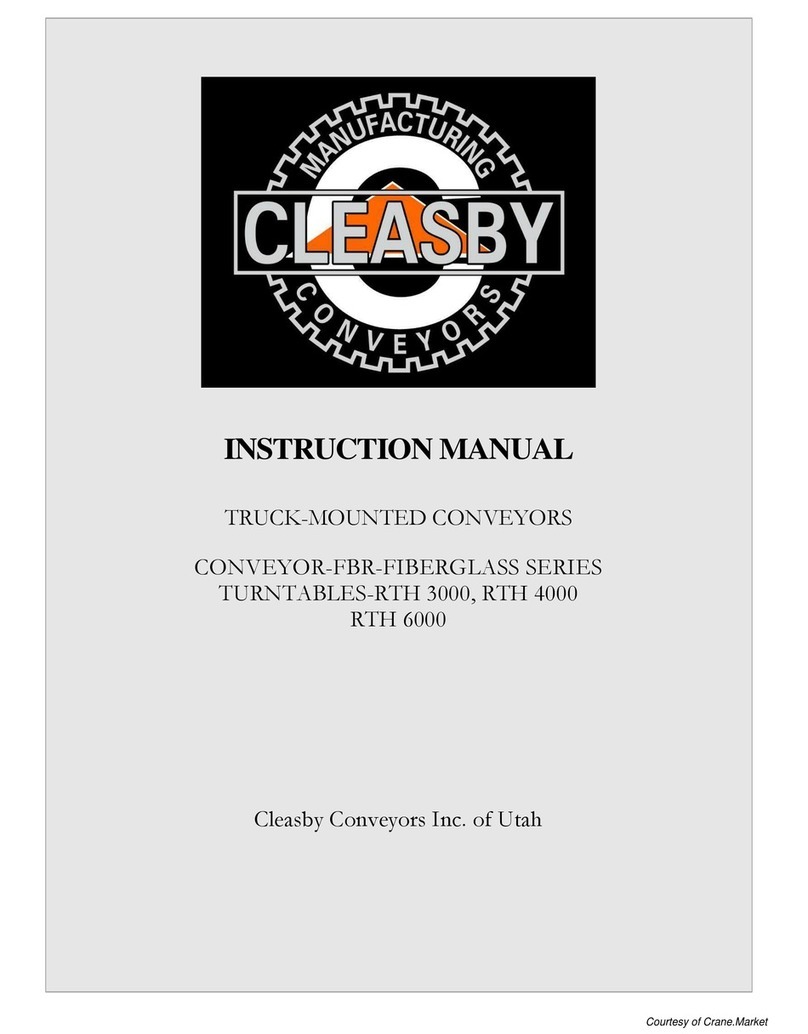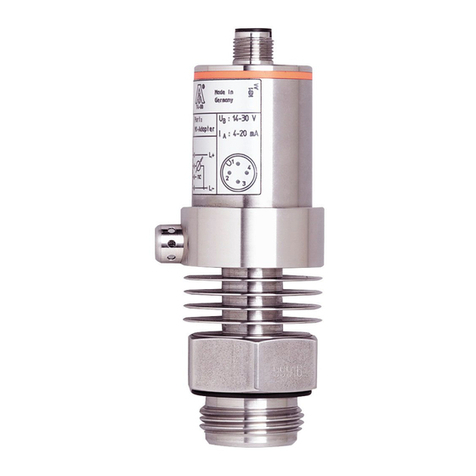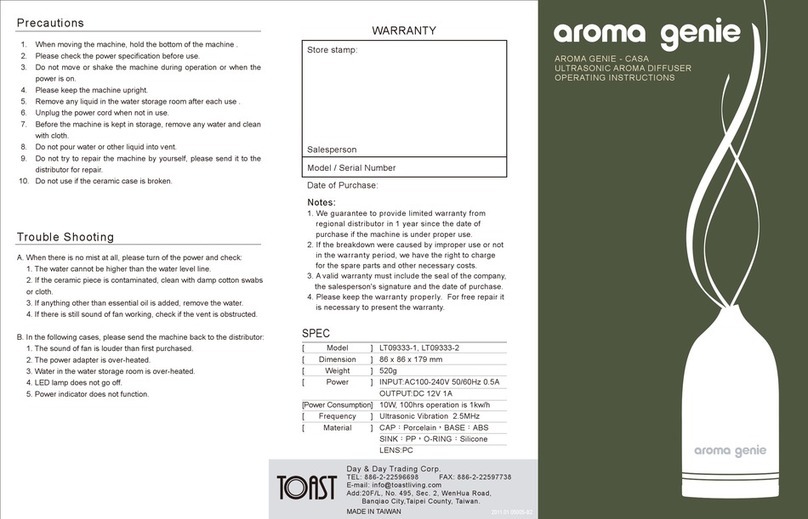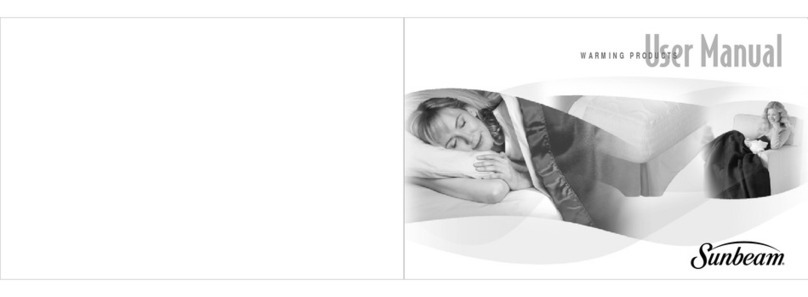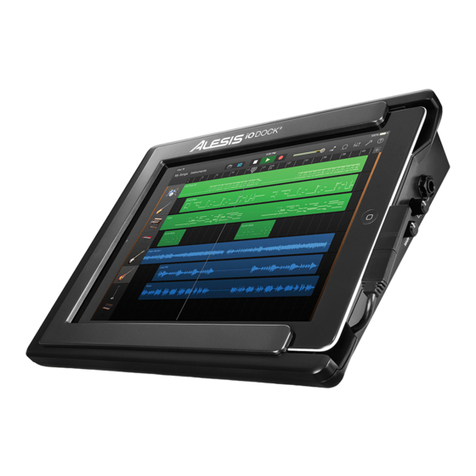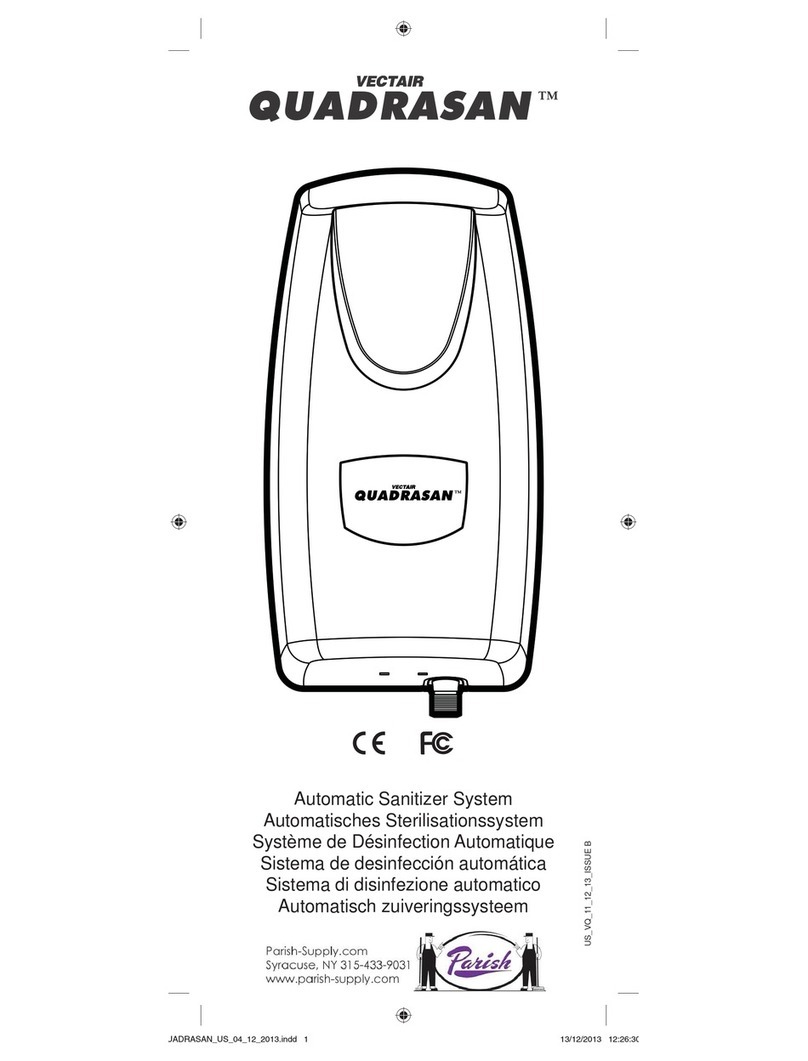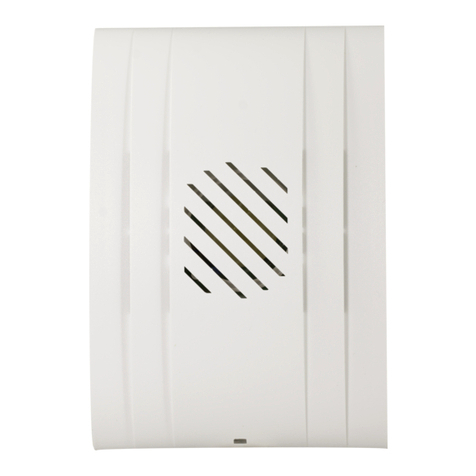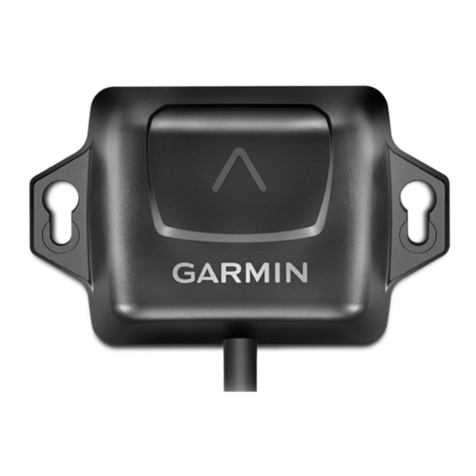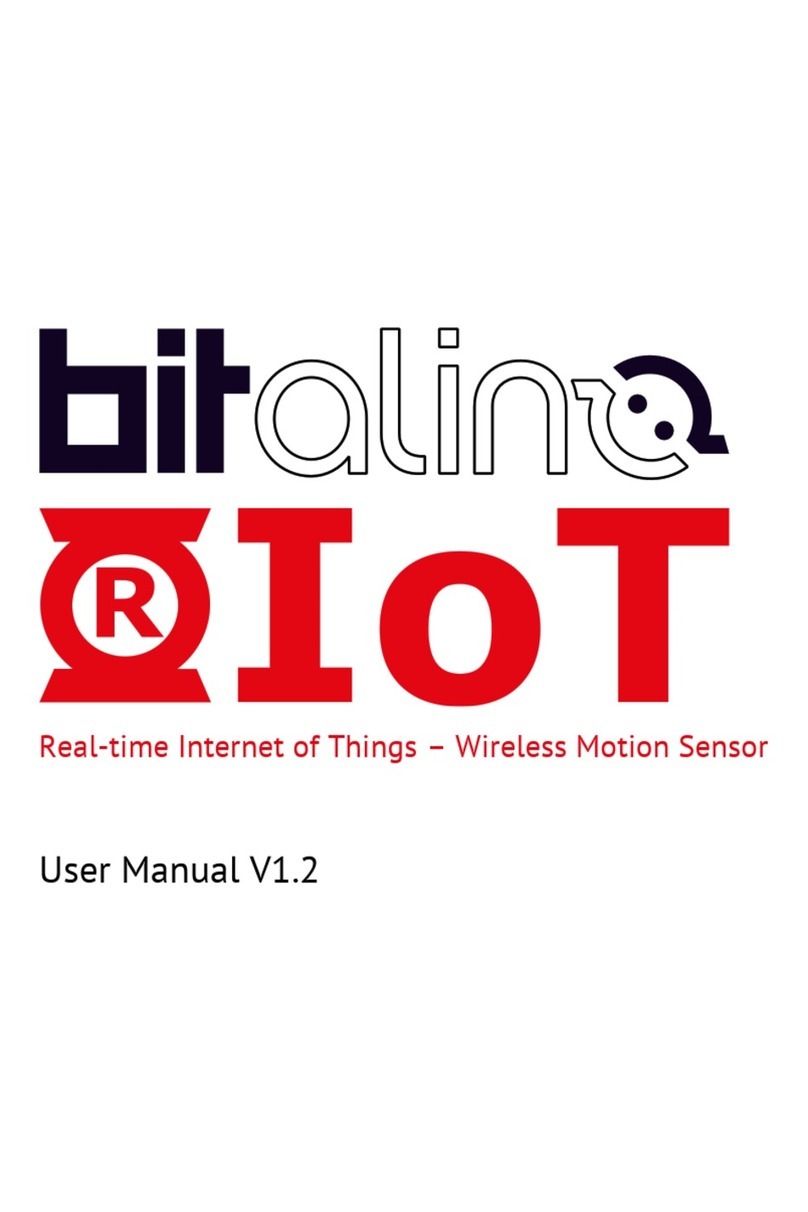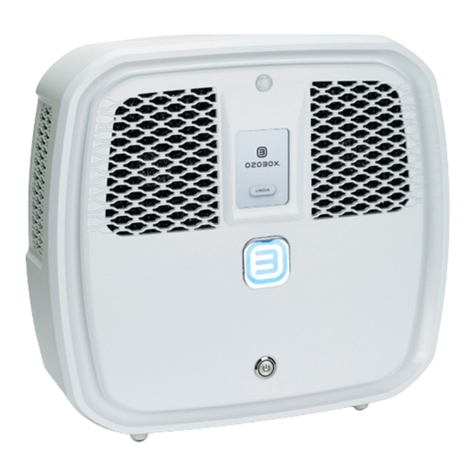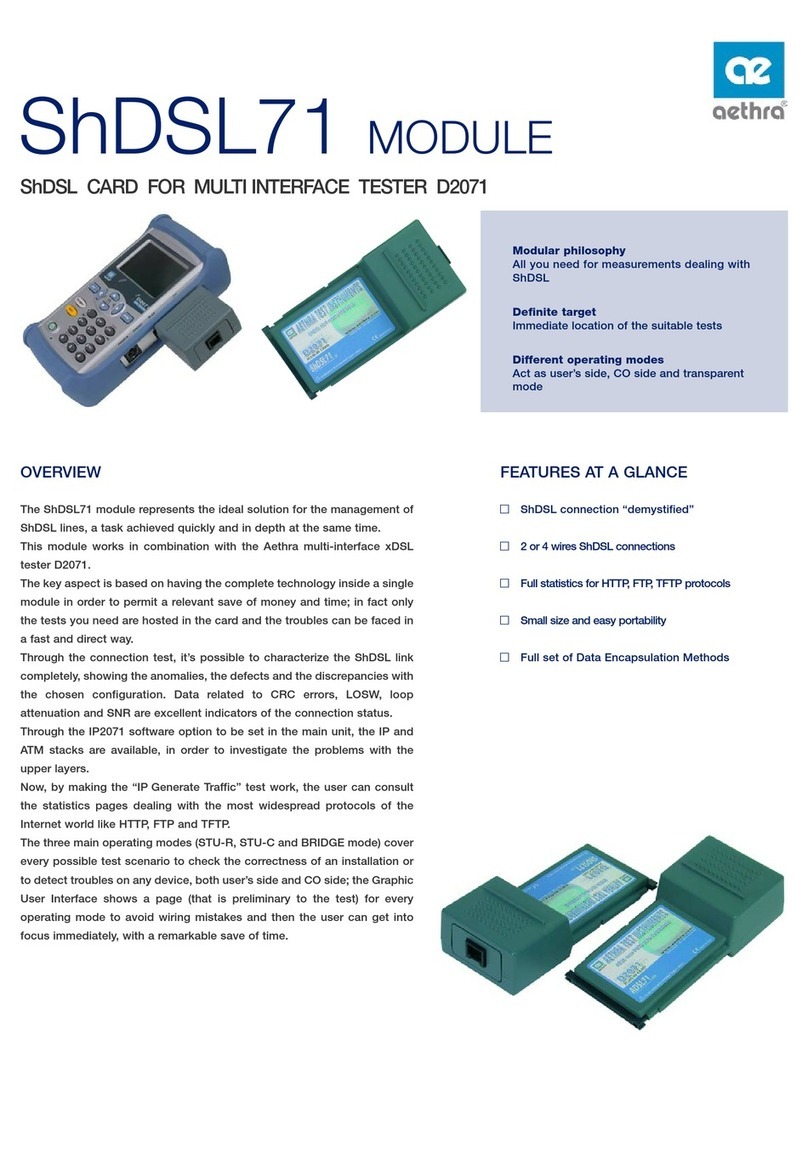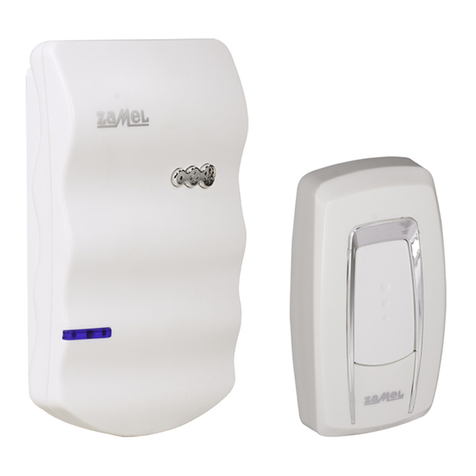cleasby FIBERGLASS Series User manual

INSTRUCTION MANUAL
TRUCK-MOUNTED CONVEYORS
CONVEYOR-FBR-FIBERGLASS SERIES
TURNTABLES-RTH 3000, RTH 4000
RTH 6000
Cleasby Conveyors Inc. of Utah

ii

PLEASE READ
The Following Signal Word Panels define signal words used in this manual.
You must make yourself familiar with their meaning and application as it
pertains to warnings and cautions provided in this manual. Please see ANSI
Z535.6 for additional information.


IMPORTANT INFORMATION
The fact that the FBR conveyor is partially produced and assembled from components of
fiberglass and other traditional electrical non-conductive materials MUST NOT BE ASSUMED
AS A SAFE-GUARD against an inadvertent contact with a power line. You must exercise the
utmost care. There are many factors that influence the electrical conductivity of a structure such
as the FBR conveyor. In addition, IT IS AGAINST FEDERAL AND STATE LAW TO
POSITION THE CONVEYOR WITHIN TWENTY (20) FEET OF A POWER LINE.
ALWAYS USE EXTREME CAUTION WHEN OPERATING THE CONVEYOR. See 29
CFR 1926.1400
oRisk of DEATH or SERIOUS INJURY if conveyor or load comes into Contact
with or Proximity to Power Lines. It is against Federal and State Law to
position the conveyor within twenty (20) feet of a power line. Always use
extreme caution when operating the conveyor.
oRisk of DEATH or SERIOUS INJURY if conveyor or load comes into Contact
with or Proximity to Power Lines. Never replace the hydraulic lines on the
conveyor with substitution lines made with metal or rubber. Replace only with
identical brand and type as installed as original equipment on the conveyor. Call
Cleasby Conveyors for information (800) 435-2446 or (801) 773-1311 for
additional information.
oRisk of DEATH or SERIOUS INJURY if conveyor or load comes into Contact
with or Proximity to Power Lines. Never replace the conveyor belt except with
the identical brand and type as installed as original equipment on the conveyor.
Call Cleasby Conveyors for information (800) 435-2446 or (801) 773-1311 for
additional information.
The Hydraulic lines employed on the conveyor are a special electrical non-conductive material.
Their basic properties resist the flow of electrical current and thus make them poor conductors.
The fact that the composition of the hydraulic line material makes it a poor conductor of
electricity, MUST NOT be considered as a safeguard against contact with or proximity to Power
Lines. Numerous possibilities of various contaminants in the hydraulic fluid carried in the lines
make possible the conduction of electrical current along these fluid corridors. THE
HYDRAULIC LINES MUST NEVER BE REPLACED EXCEPT WITH AN IDENTICAL
BRAND AND TYPE AS INSTALLED ON THE CONVEYOR.
The belt used on the FBR Conveyor is a special electrical non-conductive belt. Its’ basic
properties resist the flow of electrical current and thus make is a poor conductor. The fact that the
composition of the belt material makes it a poor conductor of electricity, MUST NOT be
considered as a safeguard against contact with or proximity to Power Lines. Dirt, Dust, Debris or
other contaminants or the presence of Water or other Fluids on the surface of the belt may alter
or change its conductive characteristics with the result that it may become a CONDUCTOR of
ELECTRICITY. The PVC material employed in the fabrication of the belt is a unique and special
composition. THE BELT MUST NEVER BE REPLACED EXCEPT WITH AN IDENTICAL
BRAND AND TYPE AS INSTALLED ON THE CONVEYOR.


TABLE OF CONTENTS
WARNING AND CAUTIONS
Warnings and Cautions 1-1
Conditions and Locations 1-2
Uses 1-3
Operation 1-4
Labels Placed by the Manufacturer
WARRANTY 1-7
SECTION ONE
GENERAL INSTRUCTIONS
General 1-11
Transporting and Positioning 1-13
SECTION TWO
MOUNTING INSTRUCTIONS
GENERAL
Parts Supplied by ACI 2-1
Parts Supplied by the Customer or Installer 2-1
INSTALLATION PROCEDURE
Mounting the Turntable 2-7
Mounting the Conveyor 2-8
Connecting Hydraulic Hoses 2-9
Bleeding the System 2-10
Warning Labels and Safety Devices 2-10
Final Inspection 2-11
SECTION THREE
OPERATING FEATURES
Operating Features 3-1
OPERATING PROCEDURES
Positioning Conveyor for operation 3-2
Transporting Material to Roof 3-3
Observing Live Load Limits 3-3
Returning Conveyor to Traveling Position 3-3
SECTION FOUR
MAINTENANCE AND SERVICE INSTRUCTIONS
GENERAL
General Instructions 4-1
Cleasby Conveyors (Rev. 08/14/12)

ROUTINE MAINTENANCE
Daily Maintenance 4-1
Weekly Maintenance 4-1
Monthly Maintenance 4-2
Preparation for Storage 4-4
UNIT REPLACEMENT
Unit Replacement Instructions 4-4
NOTES
Lowering the Conveyor without Power 4-5
MAINTENANCE AND SERVICE RECORDS
Safety and Warning Labels 4-11
Labels Placed by You or the Installer 4-11
Suggested Forms
SECTION FIVE
PARTS IDENTIFICATION
Conveyor Parts 5-1
Turntable Parts 5-2
SECTION SIX
INTRODUCTION
INSTALLATION 6-1
Stabilizer Frame Mounting 6-1
Installing Stabilizer Legs and Cylinders 6-2
Mounting the Control Valve 6-3
Connecting Hydraulic Lines 6-4
Testing the System 6-5
OPERATION
Lowering the Stabilizers 6-5
Retracting the Stabilizers 6-5
MAINTENANCE
Daily Maintenance 6-6
Weekly Maintenance 6-6
Annual Maintenance and Preparation for Storage 6-6
PARTS LIST
Cylinder Rigging Parts 6-7
Stabilizer Assembly Parts 6-8
SECTION SEVEN
WARNING LABELS 7-1

IMPORTANT INFORMATION
PLEASE READ
This section contains special instructions and information for the FBR Series insulated
fiberglass roofing conveyor that you must know.
It is essential that you read, understand, and comply with all warnings and instructions as
set forth in this manual. Warning Labels are furnished together with a video tape and
booklet entitled “Conveyors and Electricity Don’t Mix”. The video recording (DVD)
and booklet are free simply by calling 1-(800) 453-2446. Additional warning labels and
manuals are also available free of charge by calling this toll free number.
The fact that the FBR conveyor is partially produced and assembled from components of
fiberglass and other traditional electrical non-conductive materials MUST NOT BE
ASSUMED AS A SAFE-GUARD against an inadvertent contact with a power line. You
must exercise the utmost care. There are many factors that influence the electrical
conductivity of a structure such as the FBR conveyor. In addition, IT IS AGAINST
FEDERAL AND STATE LAW TO POSITION THE CONVEYOR WITHIN
TWENTY (20') FEET OF A POWER LINE. ALWAYS USE EXTREME
CAUTION WHEN OPERATING THE CONVEYOR.
The fiberglass surfaces of the conveyor should be carefully inspected from time to time to
make certain that they are free from oil, dirt and other grime that can accumulate on the
conveyor. The presence on the fiberglass surface of this type of debris and other foreign
materials and fluids, including water, may adversely effect the electrical conductivity of
the conveyor, should it inadvertently come into contact with or proximity of a power line.
Keeping the conveyor clean helps stop the path of electricity.
Please read and comply with the instructions and warnings that follow; and also the
“IMPORTANT INFORMATION” section contained on the first page following the title
page of this manual. There, directions and warnings are provided concerning among other
things, replacement criterion for the conveyor belt and hydraulic fluid line.


Cleasby Conveyors Warnings and Cautions
Cleasby Conveyors (Rev. 08/14/12) | Page 1-1
WARNINGS AND CAUTIONS
Since there are so many factors to
consider, Cleasby Conveyors (CM)
cannot possibly provide you with an
exhaustive list of all conceivable hazards
or problems that may arise while
operating a conveyor. While so engaged,
you accept a demanding set of
responsibilities that cannot be delegated
to another. You must be ever mindful of
your responsibilities and care necessary
to perform your duties safely. (CM)
cannot anticipate and thus warn you
against all possible hazards. Therefore,
you must apply the warnings and
instructions provided both in the owner’s
manual, video (DVD) (see below) and
labels attached to the machinery in the
broadest sense. Do not limit them to the
particular situation or set of
circumstances described or depicted.
The intended use of (CM) truck-
mounted conveyors are to move a
variety of roofing materials-not people
or equipment, from the truck bed to an
elevated location such as a rooftop.
When you use the equipment for other
than its intended purpose, hazards
arise.
Because of the nature and function of the
equipment, some moving parts are
always exposed without benefit of shield
or guard. Use extreme care. READ ALL
WARNINGS AND WARNING
LABELS,
USE the truck-mounted conveyor unit
ONLY for its intended purpose, and no
other. Operate the equipment only after
you have been thoroughly trained in its
use, including viewing the safety video,
“Conveyors and Electricity Don’t
Mix” (see page 1-6).
Persons
1.) Training prior to operating
equipment. Operate the equipment only
after being thoroughly trained in its
proper use, including reading the booklet
and viewing the video provided
“Conveyors and Electricity Don’t
Mix”.Since one type of conveyor unit
may operate differently than another,
ONLY operate equipment upon which
you have received specific training.
Training should include and anticipate
both normal and emergency conditions.
Users should be retrained in the safe
operation of the equipment every six (6)
months. If you have not operated the
equipment within the past 60 days,
retrain on the unit prior to using it.
2.) Health/Physical Requirements.
Operate the conveyor and turntable only
if you are free from health problems, or
physical or mental limitations that might
impair judgment or limit in anyway your
ability to operate the equipment safely.
Operator responsibilities typically
include loading or unloading the
conveyor with roofing materials. This
activity requires a high degree of
physical exertion. Accordingly, persons
with health problems or physical
limitations may unduly stress
themselves, aggravate existing health
conditions; and cause additional harm
due the physical demands associated
with this activity. In addition, such an
operator may be placing others at risk.
3.) Caution when lifting. Use caution
when lifting heavy objects. Failure to
observe proper procedures and due care
when lifting can result in bodily injury,
including but not limited to, hernias and
back stress. Wear a support belt.

Cleasby Conveyors Warnings and Cautions
4.) Be careful. Do not use the conveyor
equipment in a careless or unguarded
manner. Be aware of potential dangers
that can, or do exist under particular
operating circumstances, whether or not
expressly identified by warning or
instruction. Failure to exercise prudence
and due care while operating the
equipment is unsafe and hazardous.
5.) Follow the operating instruction.
Follow the operating instructions with
exactness.
6.) Training before adjusting. Only
service or adjust the equipment if you
have received appropriate training to do
so.
7.) Clothing. Wear proper clothing
when operating the equipment. Do not
ware loose clothing, since it might get
caught in the moving parts of the
machinery. Also, wear appropriate
personal safety equipment while
operating the conveyor or turntable: i.e.
steel-toed safety shoes (tennis shoes, or
other shoes with a gripping tread, when
working on the roof), hard hat and
gloves, as necessary.
Conditions and Locations
1.) Truck Maintenance. Maintain the
truck upon which the conveyor unit is
mounted according to manufacturer’s
recommendations. Repair or replace
damaged or worn parts or equipment
promptly.
2.) Conveyor Maintenance. Properly
maintain the conveyor as described in
Section Four, Maintenance and Service
Instructions” of this manual.
Risk of DEATH or SERIOUS
INJURY if the Conveyor or
Load comes in Contact with or
Proximity to Power Lines.
3.) DO NOT OPERATE THE
CONVEYOR NEAR ELECTRICAL
POWER LINES. It is against the law
to operate the conveyor within twenty
(20) feet of power lines. DO NOT
OPERATE THE CONVEYOR IF
POWER LINES ARE WITHIN THE
SAFETY ZONE (see General
Instructions, Section One). A good rule
of thumb is to come no closer to a power
line than the length of the conveyor, or
in other words, 20-40 feet should be
maintained between the conveyor and
the nearest power line. If line voltage is
unknown, kee fifty (50) feet away. If the
conveyor comes close to, or in contact
with power lines, both the conveyor and
the truck will become charged with
electricity. Almost all power lines carry
enough current to kill you and anyone
who is in contact with or near the
conveyor or the truck.
4.) Truck Positioning. Position the truck
on firm, level ground. This makes
pivoting the conveyor as easy as
possible. Make sure the truck is stable
before releasing the conveyor boom
from its resting position on the rack
mounted to the truck; and before
operating the conveyor. The truck will
not be stable if it is on a pile of dirt, soft
or unstable ground or other non-uniform
support. If the truck is not stable, it may
tip or lean during conveyor operation
resulting in loss of control

Cleasby Conveyors Warnings and Cautions
Cleasby Conveyors (Rev. 08/14/12) | Page 1-3
5.) Truck Wheels. Block truck wheels to
prevent rolling. The transmission will
not help because it must be in “neutral”
to power the conveyor hydraulic system.
6.) Stabilizers. Lower the stabilizers
(which are attached to the truck frame),
firmly to the ground in order to aid in
stabilizing the truck against rollover.
Vehicle Rotation Hazard, Risk of
Falling or other Serious Injury.
Do Not Operate on Un-level
Surface. Use Stabilizers.
7.) Inspect Job Site carefully before
repositioning the conveyor. Be aware of
equipment, workers, or other people on
the ground, by the building or on the
roof who may be affected in any way by
the movement or operation of the
conveyor.
8.) Keep truck and conveyor clear of
trees, scaffolding, earth overhangs etc. If
you bump them they could fall on
something...or someone.
9.) Operating in Wind. Do not operate
the conveyor in windy conditions. That
means: if there is a brisk breeze, do not
operate. IN NO CASE should you
operate the conveyor when the wind
exceeds 20 mph. In windy conditions,
store the conveyor boom securely over
the truck cab, and park the truck in a
sheltered area.
10.) Altering Equipment. Do not alter
the safety characteristics of the conveyor
or turntable. Do not remove or modify
any guards, safety valves, pressure relief
valves, etc.
11.) Wet Conditions. If your conveyor is
powered by an electric motor, operate
only when dry. Water on the truck bed,
conveyor or the ground increases the
risk of electrocution.
Uses
1.) Transport Only Materials. The sole
purpose of the conveyor is to transport
materials, not people. Using the
conveyor for any other purpose poses
hazards (see Warning label above and on
equipment).
2.) Conveyor not a Ladder. Do not use or
allow anyone else to climb on the
conveyor or use it as a ladder to reach a
roof or other elevated location.
3.) Running Conveyor. Do not ride,
stand or sit on a running conveyor, or
allow anyone else to.
4.) Valves and Handles. Do not use the
hydraulic valves and handles as steps or
rests to bear the weight of any materials
or people. Such abuse may damage the
valves and impair their function, creating
a hazardous condition.
5.) Conveyor Not a Crane. Do not use
the conveyor as a crane to pick-up and
lift, or rotate any objects or people.

Cleasby Conveyors Warnings and Cautions
6.) Weight Limits. Note and observe
weight limits and load capacities of each
conveyor. Each conveyor has a weight
limit/load capacity of eighty (80) pounds
per flight (cleat). That means, if eight
(8) flights are showing on the top side of
the conveyor at any one time, the load
capacity is 720 lbs., to be distributed at
no more than ninety (90) pounds in front
of any given flight. Operating the
conveyor with loads in excess of safe
limits is hazardous.
Operation
1.) Do not operate the equipment
until you have set-up an operating
SAFETY ZONE around the truck and
equipment, (see General Instructions,
Section Two, and Figure 1-1, Page 1-
7). Always review operating
instructions, decals and written
brochures before attempting to
operate the equipment.
2.) Missing Safety Device. Do not
operate the conveyor if it is missing any
guard, or other safety device.
3.) Hands and Arms. Do not reach
through any piece of equipment for any
reason, whether it is in operation or not.
4.) People around Boom. Never allow
anyone to stand under the boom,
whether it is in operating or not.
Maintain the SAFETY ZONE. Be
especially watchful while raising,
lowering or rotating the conveyor.
5.) Unauthorized Personnel. Do not let
unauthorized and untrained individuals,
especially small children, on, near or
around the equipment.
6.) Training before Operating. Do not
attempt to use the conveyor equipment
unless you have been fully trained in its
proper use and operation.
7.) Training on Turntable Controls. Do
not attempt to raise, lower or rotate the
boom, or run the belt on the turntable-
mounted conveyor unless you are
familiar with the hydraulic valves,
control handles and functions.
8.) Unobstructed View. Operate the
conveyor only when your view of the
conveyor and the surroundings is
complete and unobstructed. It is
recommended that a “spotter” be used to
watch the equipment as you move it.

Cleasby Conveyors Warnings and Cautions
Cleasby Conveyors (Rev. 08/14/12) | Page 1-5
9.) Center the Controls. Always inspect
the hydraulic controls to make sure they
are in the center, or “neutral” position
before engaging the P.T.O.
10.) Support the Boom. Make sure the
conveyor rests, or is supported on the
roof while unloading material. A support
foot is attached to the nose of the
conveyor to sustain the weight of live-
load plus conveyor fore section. Always
use the support foot when possible. If the
support foot is missing or unavailable,
arrange other means to support the
conveyor on the roof and call (CM) or
your dealer for replacement.
11.) Moving the Truck. Do not move
the truck while the conveyor is in a
raised or working position.
12.) Unload Evenly. Unload the
material off the truck evenly. If too
much weight is on one side of the truck
bed or the other, the truck can tip over
on its side, especially when rotating the
conveyor boom.
13.) Use your head. Review and follow
all operating instructions, warnings and
cautions contained in the various
instructions, warnings and labels, video
and manuals.




SECTION ONE
GENERAL INSTRUCTIONS
TRUCK-MOUNTED CONVEYORS
FBR-FIBERGLASS SERIES
TURNTABLES- RTH 3000, RTH 4000
RTH 6000
GENERAL INSTRUCTIONS 1-11
TRANSPORTING AND POSITIONING 1-13
Cleasby Conveyors (Rev. 08/14/12)
362 South Main, Clearfield, UT 84015
801-773-1311 * 800-453-2446 * Fax 801-773-8608

This manual suits for next models
3
Table of contents
Other cleasby Accessories manuals
